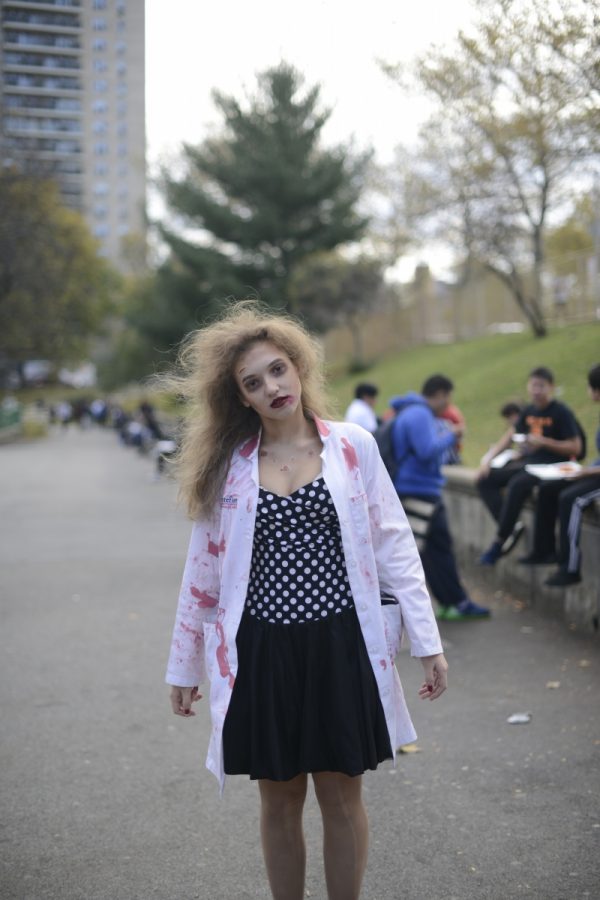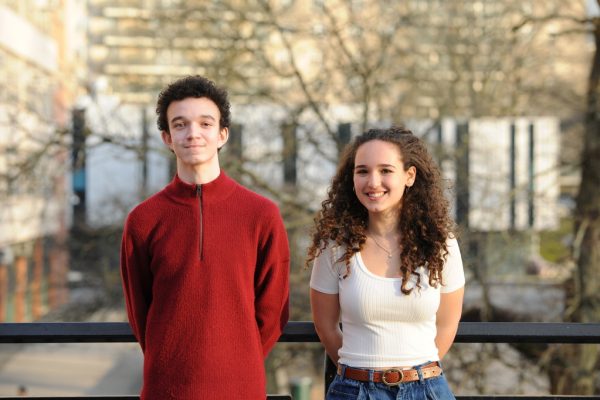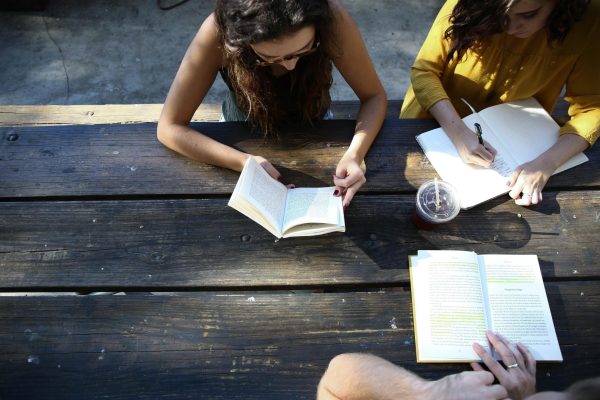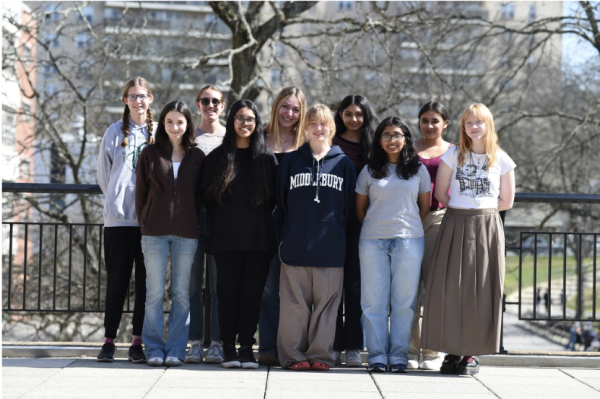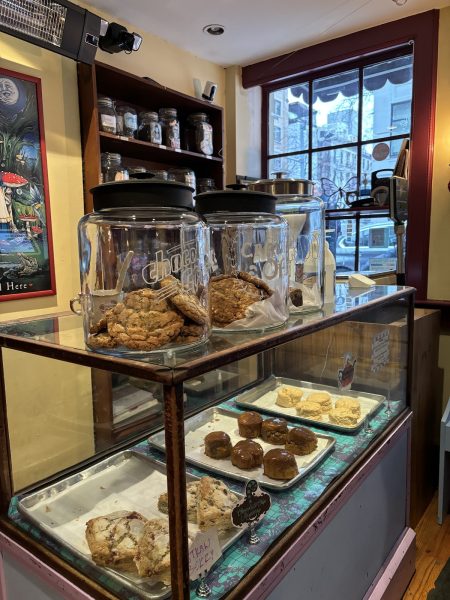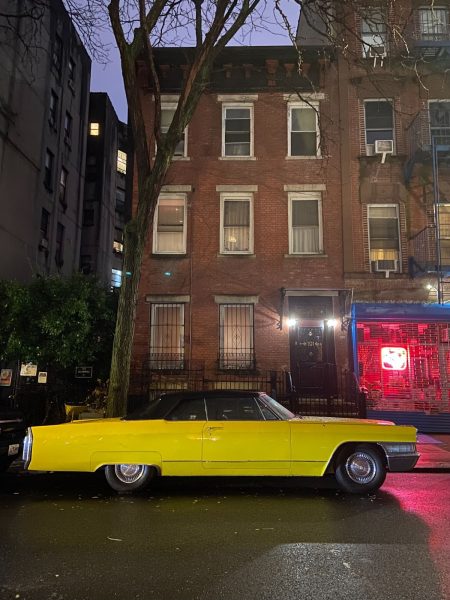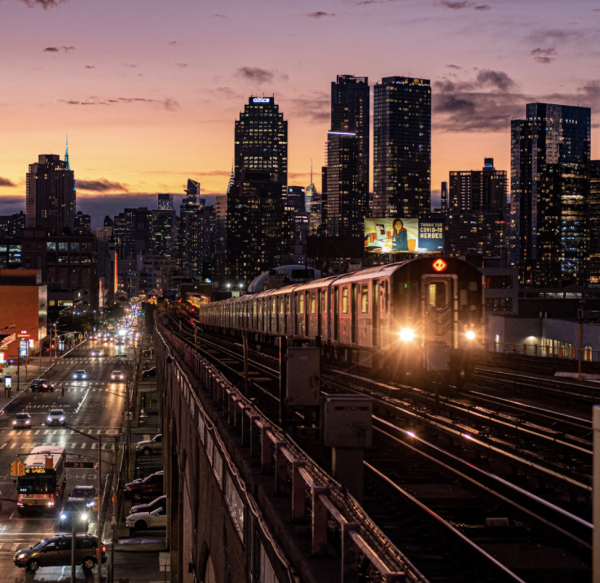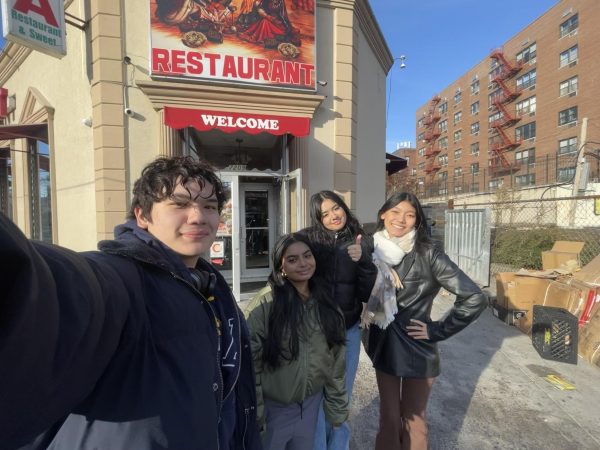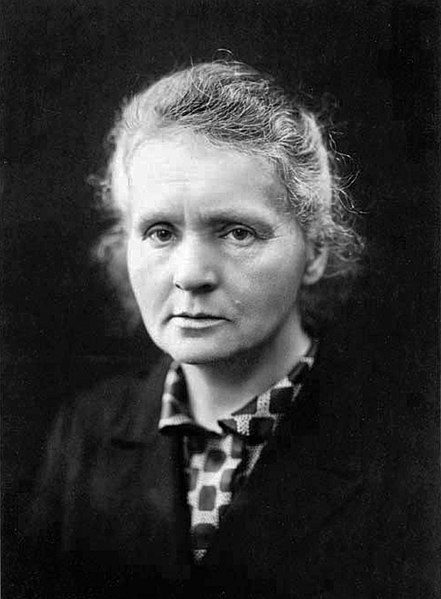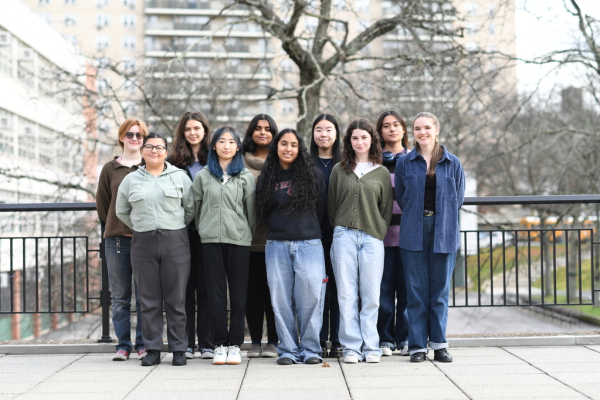How Halloween Came to America (and to a Party City Near You)
Kateryna Slinchenkova, ’18 dressed as a zombie, one of the most original costumes at Bronx Science for Halloween 2017, and the culmination of a long history as detailed in this article.
To most people fall is the season of Halloween. In America, that means the season of creative costumes and unattended buckets of candy left at doorsteps. Halloween is our nation’s time for overprotective mothers to wrap their children in reflective tape, and for apathetic parents to buy their teenage daughters red latex shorts for their devil costumes. In other words, Halloween is a classic American holiday. The pranks, candy, costumes, and movies are all cultural staples of America.
Shockingly, Halloween is not American in origin at all. It’s actually an ancient Celtic holiday with a rich history involving paganism, the Christian church, and Irish immigration.
Around 2,000 years ago, the Celts of Ireland, Northern France, and the United Kingdom celebrated Samhain. Samhain was a pagan/wiccan holiday of the Celtic peoples. It marked the transition from summer- the harvest season- to the beginning of winter, a darker more difficult time. Samhain was a spiritual time for people to give thanks for the good the summer had brought them and to prepare for the cold, brutal winter.
Celebrated from October 31st to November 1st (between the autumn equinox and winter solstice), the Celts believed that the boundary between the world of the spirits, and the world of the living was blurred. Celtic priests would make giant sacred bonfires, burning crops and animals as sacrifices to honor the dead. The townspeople would wear costumes to ward off malevolent spirits, dance around the fire, tell each other’s fortunes, and go guising (the original trick or treating where costumed Celts would go from door to door and recite verses in exchange for treats and food).
This radically changed when Celtic lands became Christian lands. Pope Gregory III (731-734) moved All Martyrs Day to November 1st and included All Saints Day (also called All Hallows’ Eve) into the celebration. This new massive holiday overshadowed Samhain, which was looked down upon as pagans were persecuted by the church. As Christian influence spread further into Celtic lands, Christian holidays and traditions blended with the ancient Celtic rites.
By 1000 A.D., the church made November 2nd All Souls’ Day, a day to honor the dead in an attempt to replace the pagan Celtic festival of Samhain with a similar, but church-sanctioned holiday. The two festivals were celebrated similarly with big bonfires, parades, and dressing up in costumes as saints, angels and devils. Halloween, on October 31st, would start off these three days of celebration known as Allhallowtide.
Fast forward to a rigid colonial America, the celebration of Halloween was heavily looked down upon and restricted due to its pagan roots. As the colonies lost their hyper-religious protestant rule, and more European immigrants came to America, a distinctly American kind of Halloween began to evolve. Early celebrations included public events held to celebrate the harvest, where townspeople would share stories of the dead, tell each other’s fortunes, and dance and sing.
Colonial Halloween festivities also featured the telling of ghost stories and mischief-making of all kinds. When millions of Irish people began emigrating to America in 1846, the celebration of Halloween became more widespread. The Irish brought over the old Celtic tradition of guising, now called “trick or treating.”
In the late 1800s, religious and conservative Americans pushed to mold Halloween into a family friendly holiday centered on community and neighborly get-togethers over ghosts, pranks and witchcraft. At the turn of the century, Halloween parties for both children and adults became the most common way to celebrate the day. Parties focused on games, foods of the season and festive costumes.
Parents were encouraged by newspapers and community leaders to take anything “frightening” or “grotesque” out of Halloween celebrations. Because of these efforts, Halloween lost most of its superstitious and religious overtones by the beginning of the twentieth century.
This is the story of how an ancient Celtic pagan tradition became a holiday for overly-involved soccer moms to dress up the family dog as a pumpkin and glue paper leaves to their McMansion windows. The Halloween on 2017 means smiling ghosts made of frosting on our donuts and buying 600 million pounds of candy. This Halloween remember the rich history behind this often overlooked holiday.
Christina Papageorgiou is Managing Editor of the ‘The Science Survey’ and Copy Editor of ‘The Observatory.’ Christina enjoys writing to deepen...
Adam Israelevitz is an Editor-in-Chief for ‘The Science Survey’ and an Groups Section Staff Reporter for ‘The Observatory.’ As an Israeli citizen...

